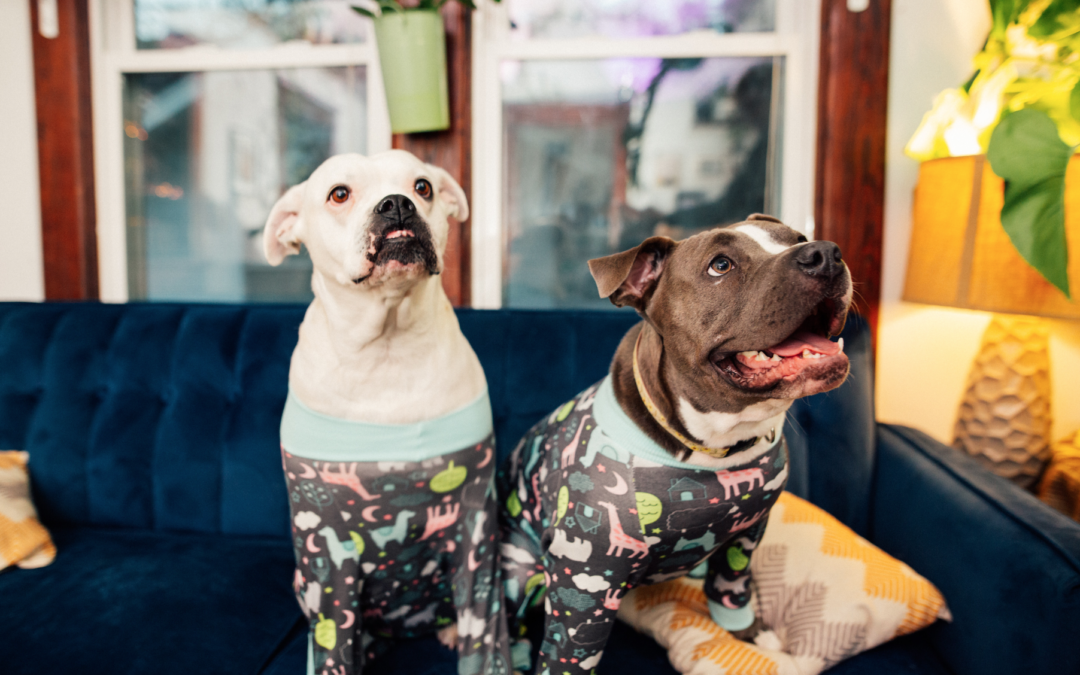Bluenose Pitbulls are the nicest family dogs you would ever meet. No matter how big and burly bluenose pitbull puppies grow up to, it is their mellow and bashful nature that will always warm your heart.
Yet, like all other dog breeds, bluenose pit bulls have their inherited health issues too. One way to mitigate some of these health issues is by ensuring your bluenose pitbull puppy for sale is purebred. Insist on knowing the pedigree of the puppy before buying from bluenose pitbull breeders.
A healthy diet also helps build strong immunity in your bluenose pitbull puppy. Only adopt a bluenose pitbull puppy for sale that suckled on its mother for at least six weeks. The mother’s milk is rich in antibodies that set the foundation of your bluenose pitbull puppy’s immunity. Puppies that get weaned off early are likely to have health issues when they grow up.
Exercise is necessary too if you want your bluenose puppy to enjoy the best health. Start with short walks around the neighborhood to set the pace. Invest in plenty of toys that will help the bluenose pitbull puppy build a strong frame and muscle. A tug toy is a good place to start.
When the bluenose pitbull dog grows, increase the intensity of exercises. Try these five high-energy dog workouts with your furry friend wearing a pitbull weighted vest.
As long as you maintain a healthy diet and keep your dog active, you will not have to worry about recurring health issues.
But old age will soon catch up and your bluenose pitbull dog will not be as fast as it used to be. With that said, here are ten health issues that face all Pitbulls, including bluenose pitbull puppies, as they grow older.
- Knee problems
The active lifestyle of a pitbull puts so much pressure on its knees. With time, the ligaments holding the knee joint succumb to wear and tear, hence the genesis of knee complications. The cranial cruciate ligament that holds the thigh and tibia bones together is the most affected. XXL bluenose pitbull puppies are more at risk of cranial cruciate ligament damage because of their heavy bodies.
Limping and pain on one leg are the early signs of knee damage. It is advisable to slow down the dog’s activity to prevent pressure on the other hind leg. Alternatively, a pitbull leg support machine can help distribute body weight on the hind legs.
- Skin issues
While a Pitbull’s shorthair coat is hypoallergenic to some extent, it still succumbs to skin issues. Common skin problems in bluenose pitbull dogs include allergies, dryness, and hotspots. The short fur coat is also vulnerable to sunburns. Excessive scratching can end up causing lacerations or hair loss on the skin.
- Hip problems
As descendants of the Staffordshire Terrier, bluenose Pitbulls inherit hip dysplasia from their forefathers. A displaced hip joint in bluenose pity is the onset of pain and arthritic attacks. If detected early, surgery can help correct hip problems in a bluenose pitbull puppy. Other non-invasive hip dysplasia corrections include acupuncture, hydrotherapy, chiropractic therapy, and canine rehab therapy.
- Allergies
Bluenose pitbull allergies result from grass, pollen, ticks, and flies. These allergens cause atopic dermatitis in bluenose Pitbulls. Food allergies are also common in blue pits with the main culprits being wheat and grain. Excessive scratching, biting, licking, and drooling are early signs of allergies in a blue pit dog.
Treat these allergies early to prevent further complications. An oatmeal bath is an excellent way to soothe skin allergies and prevent recurring reactions. Changing your dog’s diet will help eliminate food allergies in its life.
- Cataracts
Cataracts in a bluenose pitbull puppy are either inherited or develops over time. Underlying diseases like diabetes, hypocalcemia, and uveitis can speed up the development of cataracts. Fortunately, there are over-the-counter medications that can soothe and slow down the condition. Surgery helps cure cataracts by eliminating the excessive protein buildup around the eyes. Also, watch out for juvenile cataracts in bluenose pitbull puppies. These usually occur around the age of 6. A corneal ulcer is another common eye infection that causes the blue Pitbull’s eye to redden.
- Heart disease
Aortic stenosis is a common heart disease that affects pitbull dogs. It can be hard to diagnose as your bluenose pitbull will seldom show symptoms. But if undetected and treated early, aortic stenosis can cause severe heart complications.
- Ichthyosis
Ichthyosis is a skin condition that affects the fur coat and paw pads of blue pitbull dogs. The skin’s outer layer and the paw pads will appear puffy and scaly. If untreated, the symptoms become severe as the dog ages. Ichthyosis is an inherited condition that can manifest early or later in the dog’s life.
- Gastric dilatation
Gastric dilatation causes severe bloating in a bluenose pitbull. However, the excess gas in the tummy fails to go away and can cause more severe symptoms. Gastric dilatation stems from fermented food or excessive gulping. Rush your blue pitbull to a vet if they appear anxious and their tummy bloated.
- Thyroid disease
Thyroid disease affects bluenose pitbull dogs the same way it does humans. Your blue pit will gain excess weight and develop skin allergies. Also, thyroid disease is a leading factor of aggression in older Pitbulls. A blood test can help diagnose the disease. If lab tests come out positive, your vet will recommend thyroxine dosage to manage the disease.
- Cerebellar ataxia
Cerebellar ataxia is an inherited muscle condition. It weakens the muscles and causes the bluenose pitbull to lose body balance and coordination. Cerebellar ataxia is a rare disease that affects only one out of hundreds of dogs. Common signs of the disease include a wobbly gait and body tremors. In severe cases, cerebellar ataxia causes immobility. A walking wheel helps restore balance and coordination in a blue pitbull that has the disease.
Conclusion
With a balanced diet and regular exercise, bluenose Pitbull dogs will live a healthy and fulfilled life. Also, do your research before looking for bluenose pitbull puppies for sale. To be safe, avoid bluenose pitbull breeders who do not disclose the pedigree of their litter.
Photo Credit: “Image by GuideYourPet”

